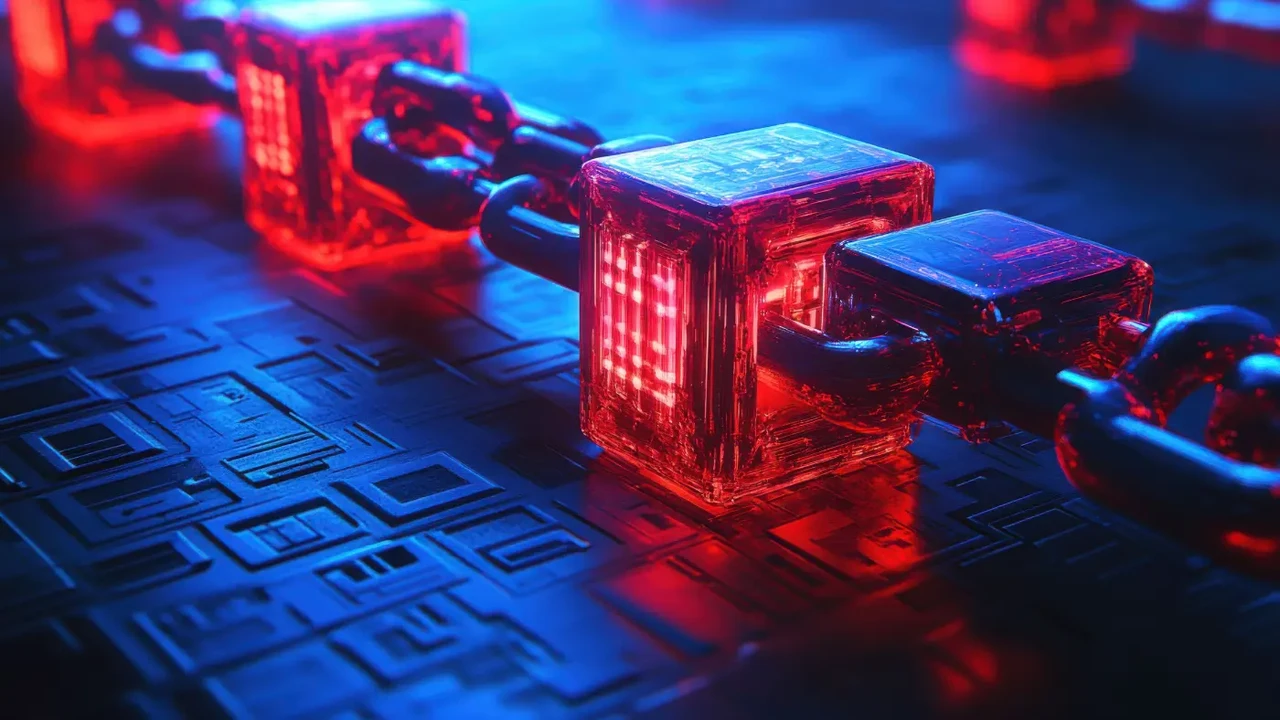News archive
October is the International Cybersecurity Month: How Domains Protect the Internet?

Yes, those simple web addresses like example.ee or myshop.lv play a much bigger role in cybersecurity than most people realize.
The Internet’s “Street Addresses”
Think of a domain name like the address of a house. It helps people (and computers) find the right place on the internet. But just like in real life, not every address leads to a safe neighborhood. Some are fake houses built to trick visitors - websites that look real but are actually traps.
Cybercriminals use these fake domains to steal data, spread malware, or collect passwords. That’s why domain registries, i.e. the organizations that manage national domain extensions like .ee, .lv, or .lt, play a key role in keeping the internet clean and safe.
How Domain Registries Keep the Web Safe
Behind every trusted domain name, there’s a team making sure it’s used responsibly.
Here’s how domain registries help fight cyber threats:
- Checking who’s behind a domain. Registries make sure domain owners provide real information - not fake names or addresses. This helps stop anonymous criminals from hiding behind false websites.
- Working with cybersecurity experts. When something suspicious happens like phishing or malware spreading through a website: registries cooperate with national cyber teams (like CERTs), police, and other authorities to take quick action.
- Promoting secure technologies. Modern domains can be protected with tools like DNSSEC, which makes it harder for hackers to redirect users to fake sites. More and more .ee, .lv, and .lt domains are using this protection every year.
- Encouraging awareness. Many registries run awareness campaigns and help educate users. Because the safest internet is the one where everyone knows the risks.
What You Can Do?
Your domain’s DNS is like the map that guides people to your website. If that map is wrong or gets hacked your visitors could end up somewhere dangerous.
Here’s how to make sure your DNS stays secure:
Enable DNSSEC (Domain Name System Security Extensions). This adds a digital signature to your domain’s DNS information, making it much harder for attackers to redirect traffic or fake your website.
Use trusted DNS hosting providers. Always choose reliable, well-known DNS providers or registrars. Avoid free or unknown services that might not update security features regularly. When choosing a registrar for your .ee domain, you can choose a service provider from our Elite Parnters.
Keep DNS records up to date. Old or unused DNS entries can become weak points. Review your DNS setup regularly: remove what you don’t use and double-check that all records are correct.
Set up two-factor authentication (2FA). Add 2FA to your registrar or DNS management account to prevent unauthorized access. Even if your password leaks, hackers can’t get in easily. Or set up our electronic identification service eeID if you are verifying your customers. With that you can be sure of the security of your company and your clients.
Monitor for suspicious changes. Some services can alert you if your DNS records change unexpectedly. Catching tampering early can save your website and your visitors from danger.
Limit access to DNS settings. Only trusted people in your organization should be able to edit DNS records. The fewer hands in the system, the lower the risk of mistakes or abuse.
Keep your domain renewed. Expired domains are an easy target for hijacking. Set up auto-renewal and keep your contact info up to date with your registrar.
Imagine if one fake website could trick thousands of people into giving away their passwords or bank info. It happens every day and it often starts with a single, unprotected domain name. When domains are registered and managed responsibly, they act like digital locks - keeping bad actors out. But when they’re ignored or left unprotected, they can quickly become open doors for hackers.
Cybersecurity isn’t just about firewalls and passwords - it’s about trust. And trust begins with a domain name.

Event
Baltic Domain Days
The Hearts of the Baltic Domain Markets
At the 2025 Baltic Domain Days in Tallinn, three digital leaders of the domain registries from Estonia, Latvia, and Lithuania came together to talk about the future of the industry in their countries. Each of them shared what makes their national domain strong, unique, and full of heart. Together, they painted a picture of three small but powerful nations leading the digital world.
_large.webp)
Event
Baltic Domain Days
WATCH ONLINE: Baltic Domain Days 2025
The Baltic Domain Days 2025, held on October 7–8 in Tallinn, Estonia, brought together domain industry experts, policymakers, and IT professionals from across Europe.

News
Domain Disputes
Helen Aaremäe-Saar: Why We Must Stand Up for Our Digital Identity
We’ve all heard stories of scammers tricking companies out of hundreds of thousands of euros, even here in Estonia, and even targeting smart, educated people. In 2024 alone, there were 624 serious fraud cases in Estonia, according to CERT-EE, and the total loss reached nearly 7 million euros.